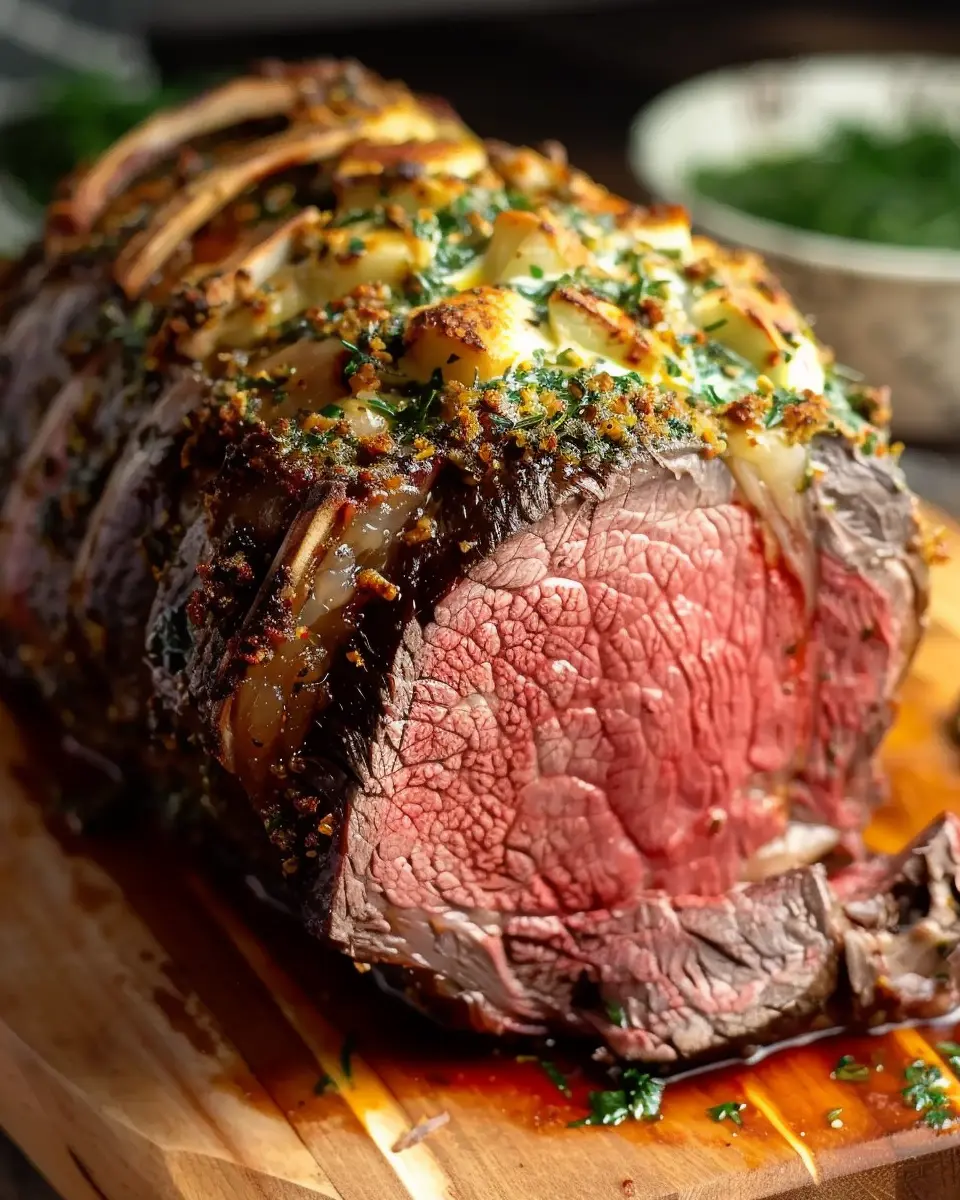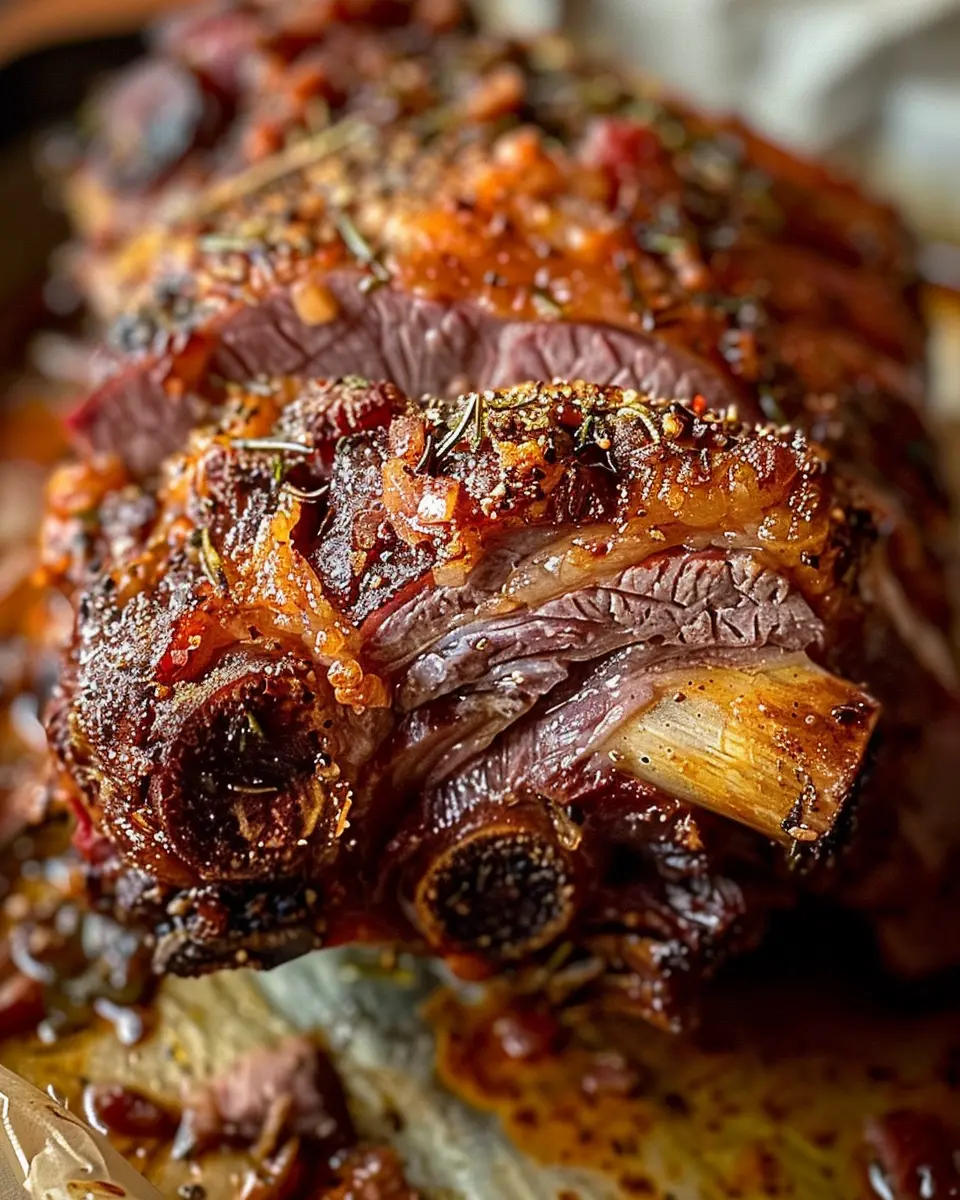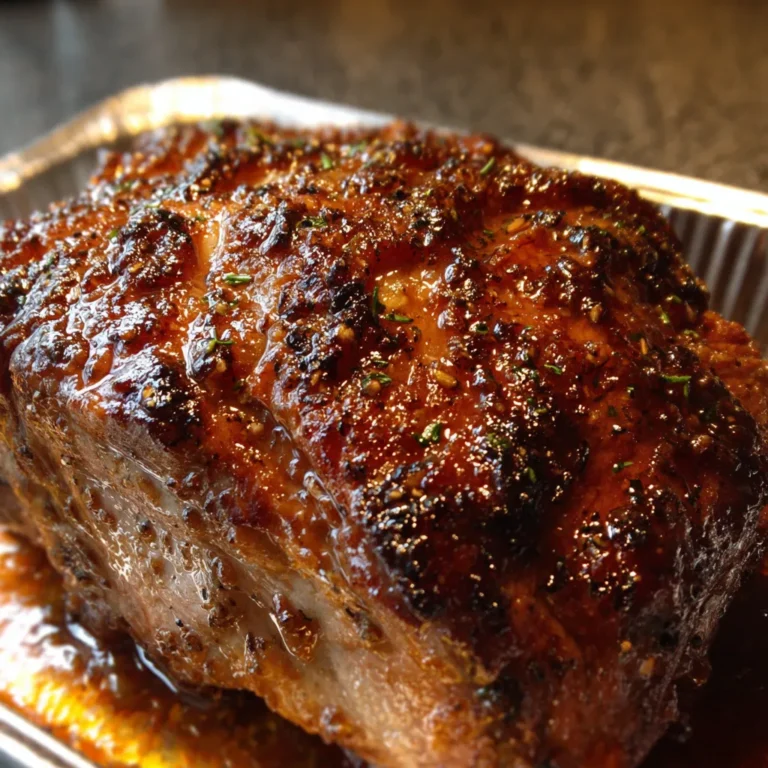Introduction to Pineapple Juice Cake
If you’ve never baked a pineapple juice cake before, you’re in for a tropical surprise. This light, moist citrus dessert blends the natural sweetness and tang of pineapple juice into a cake that’s as easy to make as it is satisfying to eat. Rather than relying on chunks of fruit, it uses juice to deliver flavor, moisture, and balance—a perfect twist on traditional fruit-based cakes. Whether you’re baking for brunch or looking for a fresh alternative to heavy desserts, this recipe is flexible, unfussy, and always crowd-pleasing.
Ingredient Breakdown: The Magic in the Mix
Let’s break down what goes into this cake and why each ingredient matters. Because trust me, once you understand what each one brings to the table, you’ll never see baking the same way again.
Core Ingredients
- 1½ cups all-purpose flour
Your structural foundation. Gluten provides the framework for the entire cake. - 1 cup granulated sugar
Beyond sweetness, sugar adds moisture and enhances browning. - 1 teaspoon baking powder + ½ teaspoon baking soda
A one-two punch of leavening. The baking soda reacts with the pineapple juice’s acidity, while the powder gives the cake extra lift. - ½ teaspoon salt
Don’t skip it—it’s the invisible flavor booster. - ¾ cup fresh pineapple juice
The hero. Not only for tropical flavor but also for natural enzymes and acidity that help create that signature tenderness. Fun fact: Pineapple juice is rich in bromelain, an enzyme that breaks down protein and softens texture. According to Healthline, bromelain may also have anti-inflammatory benefits. - ⅓ cup vegetable oil
Oil makes cakes ultra moist and extends shelf life. It also makes this cake dairy-free by default, which is great if you’re baking for a crowd. - 2 large eggs
Binding and richness. Eggs are your emulsifiers and structure builders here. - 1 teaspoon vanilla extract
Adds depth and rounds out the sharpness of the fruit.
Optional Flavor Enhancers
- Zest of 1 lime
Adds a zippy layer of citrus aroma. If you’re going tropical, why not go all in? - Chopped toasted coconut or walnuts
Totally optional, but these add crunch and visual contrast. You can get inspired by similar tropical combinations like in this Coconut Cream Cake with Pineapple Jam Filling.
Pro Tip: Ingredient Integrity
For best results, use freshly squeezed pineapple juice whenever possible. It offers a brighter, less sugary flavor than canned versions. If that’s not an option, make sure to choose one labeled “100% juice” with no added sugar or syrup.
And here’s a bonus: Most of these pantry staples overlap with recipes like this Healthy Sweet Potato Chocolate Cake or a tangy Key Lime Pie Lush—both perfect options if you’re planning a themed dessert spread.
Tools and Equipment You’ll Need
Before you dive into making this pineapple juice cake, let’s make sure your kitchen is prepped for success. This cake is refreshingly low-maintenance, but having the right tools can make all the difference between a casual bake and one that feels professional—without actually being complicated.
Essential Bakeware
- 8×8-inch square pan or 9-inch round pan
Either will work, but metal pans tend to bake more evenly than glass. If you’re leaning into a crisper edge and more consistent browning, go for a light-colored metal pan. According to America’s Test Kitchen, darker pans absorb more heat and may overbake the outer crust—not ideal when you want that perfect golden finish.
Mixing Must-Haves
- Two mixing bowls
One for your dry ingredients, one for wet. It’s a small detail, but it helps prevent overmixing—a common misstep that can make cakes dense instead of fluffy. - Silicone spatula and a balloon whisk
A flexible spatula is your best friend for scraping every bit of that pineapple-rich batter. A whisk helps incorporate air during mixing and makes the batter smoother, improving cake texture.
Optional, but Seriously Useful
- Microplane or fine grater
If you’re zesting a lime for that citrus pop, this tool is worth the drawer space. A little zest adds a huge aromatic punch—just like in this Tropical Pineapple Lemonade Punch, where citrus flavor really lifts the sweetness.
Still building your kitchen setup? It’s okay to improvise. I’ve used everything from a hand blender to a simple fork in a pinch. That’s part of what makes this cake so approachable—it doesn’t demand perfection; it just rewards care.
Need help with conversions if your pan sizes vary? This baking pan substitution guide from King Arthur Baking is an excellent reference to bookmark.
Step-by-Step Instructions: How to Make Pineapple Juice Cake
This cake isn’t just tasty—it’s also ridiculously simple to put together. No stand mixer. No hard-to-find ingredients. Just a few bowls, a whisk, and the kind of tropical aroma that’ll have your kitchen smelling like a summer getaway. Here’s the full breakdown, so you feel confident from the first preheat to the final slice.
a. Preheat and Prepare the Pan
Start by preheating your oven to 350°F (175°C). Don’t wait until you’re done mixing to do this—a properly preheated oven ensures even rise and consistent texture. While the oven’s doing its thing, grease your 8×8-inch square pan or 9-inch round cake pan and line the bottom with parchment paper. Trust me, nothing’s worse than a cake that won’t release. You can reuse parchment scraps from recipes like this Classic Cherry Delight to cut down on waste.
b. Mix the Dry Ingredients
In a medium bowl, whisk together:
- 1½ cups all-purpose flour
- 1 cup granulated sugar
- 1 teaspoon baking powder
- ½ teaspoon baking soda
- ½ teaspoon salt
This step might feel routine, but it’s crucial. Combining your dry ingredients first helps evenly distribute the leavening agents, so your cake rises light and airy instead of in uneven pockets.
c. Mix the Wet Ingredients
In a separate larger bowl, whisk together:
- ¾ cup fresh pineapple juice
- ⅓ cup vegetable oil
- 2 large eggs
- 1 teaspoon vanilla extract
- Zest of 1 lime (optional, but highly recommended)
If you’re using fresh juice, you’re already ahead of the flavor game. According to Serious Eats, using acidic liquids like pineapple juice helps activate baking soda and create a tender, fluffy crumb that rivals any boxed mix.
d. Combine Wet and Dry
Now here’s where patience pays off. Gradually stir the dry ingredients into the wet, mixing in three batches. Use a spatula or a wooden spoon—no need for an electric mixer here. Stop once the last streak of flour disappears. Overmixing can lead to a tough cake, and nobody wants that.
e. Bake the Cake
Pour your batter into the prepared pan and smooth it evenly with your spatula. Bake for 30–35 minutes, or until a toothpick inserted into the center comes out clean. Pro tip: rotate your pan halfway through for even browning—especially if your oven has hot spots (and let’s be honest, most do).
f. Cool and Unmold
Once done, remove the cake from the oven and let it rest in the pan for 10 minutes. This allows it to set just enough to handle. Then gently invert it onto a wire rack to cool completely. This resting period makes a big difference, just like letting banana walnut muffins cool before digging in—they firm up and slice beautifully.
And that’s it. You’ve got a moist, zesty, flavor-packed pineapple juice cake ready for glazing, topping, or devouring just as it is.
Optional Pineapple Glaze: The Finishing Touch
Sometimes a cake doesn’t need a glaze. But let’s be honest—a drizzle of pineapple-lime glaze turns a simple bake into a bakery-level showstopper. And it only takes a minute to whip up.
Ingredients
Here’s what you’ll need:
- ¼ cup reserved pineapple juice
- ½ cup powdered sugar
- 1 tablespoon fresh lime juice
This basic trio creates a tangy-sweet finish that brightens every bite. According to food scientists at King Arthur Baking, citrus-based glazes aren’t just decorative—they also add moisture and extend shelf life when applied correctly.
How to Make and Apply
Just whisk everything together in a small bowl until smooth and pourable. If it’s too runny, add more powdered sugar. Too thick? A splash more juice will loosen it up. Once your cake is completely cooled, spoon or drizzle the glaze across the top. It will firm up slightly, creating a glossy, citrusy sheen.
Pro tip: Don’t skip the cooling step. Pouring glaze on a hot cake will cause it to soak in too quickly and lose that finish.
Glaze Variations: Make It Your Own
Want to get creative? Try these swaps:
- Add 1–2 tablespoons of shredded coconut for a tropical twist, similar to the flavor in this Coconut Cream Cake with Pineapple Jam Filling.
- Use orange juice instead of lime for a milder citrus glaze—a flavor profile that pairs well with fruit-forward desserts like this Strawberry Cheesecake Cookie.
You could even spike the glaze with a teaspoon of dark rum if you’re serving adults. The possibilities are endless, but the goal is always the same: to elevate your pineapple juice cake without complicating it.
Tips for Best Results: Nailing Pineapple Juice Cake Every Time
Let’s be honest—anyone can follow a recipe. But if you want that perfectly tender crumb, golden crust, and citrusy zing that makes people ask, “Did you really make this from scratch?”—it’s all about the details.
Don’t Overmix the Batter
Seriously, it’s tempting. You see a little streak of flour and think, “Just a few more stirs.” But overmixing activates the gluten in flour, which can lead to a dense, chewy cake. Instead, use a spatula and mix just until everything is combined—no electric mixer needed. It’s the same technique I use for softer bakes like these Blueberry Muffins, where light texture is everything.
How to Know It’s Done (Without Guessing)
Forget the “tap test.” The most reliable method? Insert a toothpick in the center of the cake—if it comes out clean or with a few moist crumbs, it’s ready. You’re looking at around 30–35 minutes of bake time, but ovens vary. Want to level up? According to King Arthur Baking, an internal temperature of 200–205°F (93–96°C) is ideal for cakes.
Making It Ahead & Storing Like a Pro
Good news—pineapple juice cake stores beautifully. Once completely cooled:
- Wrap it tightly in plastic wrap and store at room temp for up to 3 days
- For longer storage, refrigerate up to 5 days
- You can even freeze slices individually—just thaw on the counter for a moist texture that holds up
Pro tip: Glaze the cake just before serving for best texture. If you’re serving at an event, pair it with make-ahead favorites like this Strawberry Cheesecake Nacho for a no-stress dessert spread.
Flavor Variations and Substitutions: Make It Your Own
One of the best things about pineapple juice cake? It’s like a blank canvas with just the right amount of personality. With a few tweaks, you can totally transform the flavor without sacrificing simplicity.
Add a Tropical Twist
- Shredded coconut or chopped pineapple: Mix ½ cup into the batter for added texture and a richer tropical flavor. It’s a vibe—especially when paired with a glaze like the one on this Pineapple Cream Cheese Pound Cake.
- Try topping it with a handful of toasted coconut after glazing. The crunch-meets-creamy contrast is worth the extra two minutes.
Go Gluten-Free or Vegan
- Gluten-free flour: Swap 1:1 with a trusted blend like King Arthur’s or Bob’s Red Mill. Make sure it contains xanthan gum for structure.
- Vegan version: Sub the eggs with ¼ cup unsweetened applesauce per egg, and use maple syrup in place of granulated sugar for deeper flavor. More tips on egg-free baking can be found in this applesauce cake recipe that’s already a Sozan community favorite.
Other Flavor Enhancers
- Lemon instead of lime: A slightly more floral citrus swap.
- Ground ginger: Add ½ teaspoon to the dry mix for warmth and depth—especially nice during cooler months or holiday gatherings.
The beauty of this recipe is that it’s flexible enough to adapt, whether you’re baking for guests with dietary restrictions or just want to explore something new.
Nutritional Information: The Sweet Stats
One slice of this pineapple juice cake clocks in at around 280 calories, depending on your specific ingredients and portion size. Here’s the general macronutrient breakdown per serving (based on 8 servings):
- Carbohydrates: ~40g
- Fat: ~11g
- Protein: ~3g
Looking for ways to lighten it up? Try these:
- Replace half the sugar with unsweetened applesauce or mashed banana
- Use avocado oil for heart-healthier fats
- Swap white flour with whole wheat pastry flour for a fiber boost
Want more creative, health-forward desserts? Check out this Healthy Sweet Potato Chocolate Cake—a perfect example of flavor and nutrition working together.
Serving Suggestions and Pairings: When and How to Enjoy It
There’s no wrong time to serve pineapple juice cake, but some moments make it shine a little brighter. Think of it as your low-key brunch hero, your lazy Sunday treat, or your weeknight “I need something sweet but not too sweet” fix.
Best Times to Serve
- Brunch gatherings: It’s light enough to follow eggs and hash, yet flavorful enough to stand on its own. I served it once alongside this Tropical Pineapple Lemonade Punch and people couldn’t stop raving.
- Afternoon tea or coffee: It pairs beautifully with both. Try it during that mid-afternoon slump—when you’re craving a slice of something indulgent but not overwhelming.
- Dessert after dinner: Especially if your main course is on the lighter side, like this Mediterranean Lemon Chicken. The citrus notes in both dishes play well together.
Beverage Pairings
- Herbal teas: Chamomile or hibiscus teas enhance the floral notes in the cake.
- Coffee: A medium roast balances the sweetness without overpowering it.
- Sparkling water with lime: Simple, clean, and refreshing—plus, it doesn’t compete with the cake’s tropical edge.
This is the kind of cake that invites people to slow down and savor. Whether it’s a solo moment or a shared table, it hits that sweet spot—literally and figuratively.
Storage and Make-Ahead Instructions: Keep It Fresh
Let’s talk strategy—because a great cake deserves a second (and third) act.
- At room temperature: Store in an airtight container for up to 3 days. It actually tastes better on day two.
- Refrigerate: Extend freshness up to 5 days. Just let slices come to room temp before serving.
- Freeze: Wrap individual slices in parchment and store in a freezer-safe bag for up to 2 months. Thaw on the counter for about 30–45 minutes.
You can even bake it a day ahead—perfect if you’re also prepping dishes like this No-Bake Peppermint Cheesecake or Classic Butterscotch Pie for a full dessert spread.
Troubleshooting Common Issues: Quick Fixes for a Better Bake
Even the most forgiving cake recipes come with a few pitfalls. If your pineapple juice cake didn’t turn out exactly as planned, don’t worry—a couple of small adjustments can make a big difference next time.
Cake Turned Out Too Dry?
There are a few culprits here. Overbaking is the most common—even five extra minutes can zap the moisture. Always check for doneness at the 30-minute mark with a toothpick. If it comes out clean (or with just a few crumbs), pull the cake. Also, be sure you’re not reducing the oil or juice, which are your moisture-builders in this recipe.
Need a moist cake fix? Try recipes that naturally retain moisture like this Healthy Sweet Potato Chocolate Cake—it’s packed with fiber and flavor.
Didn’t Rise Properly?
Double-check your baking powder and baking soda freshness. These leaveners lose potency after six months, and old ingredients = flat cake. Also, avoid overmixing the batter, which can deflate your lift.
Using acidic juice like pineapple is key for activating baking soda. If you’re swapping juices, make sure they have similar acidity. This Lemon Raspberry Pie uses a similar trick to achieve perfect texture.
Glaze Too Runny or Too Thick?
You’re not alone—glaze consistency can be tricky. If it’s too runny, add powdered sugar, one tablespoon at a time. Too thick? Stir in pineapple or lime juice a teaspoon at a time until it loosens. Always glaze a cooled cake—warm cake absorbs the glaze, leaving no shine behind.
Need a glaze with more texture? Check out this layered glaze on the Pineapple Cream Cheese Pound Cake for inspiration.
FAQs: Answering What People Also Ask About Pineapple Juice Cake
Q1: Can I use canned pineapple juice instead of fresh?
Absolutely. Canned pineapple juice works just fine in this recipe—just make sure it’s labeled 100% juice and not a sweetened “drink” blend. Fresh juice may have slightly more acidity and flavor nuance, but the difference is subtle. If you want to boost the flavor of canned juice, add a splash of lime or lemon. Curious about using juice blends? This Ocean Love Colada shows how tropical combinations can layer beautifully in recipes.
Q2: What other fruits go well with pineapple in a cake?
Great question. Mango, banana, lime, coconut, and even crushed strawberries pair well with pineapple’s tang. Chopped fruit should be patted dry before folding into the batter to prevent sogginess. For inspiration, see how complementary flavors play out in this Strawberry Crunch Cheesecake.
Q3: Can I turn this into cupcakes or a layered cake?
Yes—and you should. Bake cupcakes for 18–20 minutes, and layer cakes for 25–30, depending on thickness. Just keep an eye on your baking time and don’t overfill. Want something extra special? Try layering it with coconut cream filling like in this Coconut Cream Cake.
Q4: Is pineapple juice acidic enough to activate baking soda?
Yes, and it’s one of the reasons this cake turns out so fluffy. Pineapple juice typically has a pH around 3.5, making it acidic enough to activate baking soda’s leavening effect. This chemical reaction creates carbon dioxide bubbles that help your cake rise.
Summary and Final Thoughts: Why This Cake Deserves a Spot in Your Recipe Rotation
Pineapple juice cake is that rare kind of recipe: unfussy, flavorful, and infinitely flexible. Whether you’re baking it for brunch, gifting it to a friend, or making it just because—it delivers bright citrus flavor and an ultra-soft crumb every single time.
What sets it apart? The pineapple juice, of course. It adds more than just flavor—it creates moisture, structure, and a balance of sweetness and acidity that’s hard to resist.
Want to get creative? Try the glaze. Toss in toasted coconut. Or swirl in berries. Like the best recipes, this one’s meant to evolve. Pair it with a zippy drink like this Pineapple Lemon Drop Cocktail or a simple Cheesecake Fruit Salad for a crowd-pleasing finish.
No matter how you serve it, one thing’s guaranteed: you’ll be making this one again.
Print
Moist Pineapple Juice Cake Recipe with Citrus Glaze Tips
- Prep Time: 15 minutes
- Cook Time: 35 minutes
- Total Time: 50 minutes
- Yield: 8 servings 1x
- Category: Dessert
- Method: Baking
- Cuisine: American
- Diet: Vegetarian
Description
A light, moist, and flavorful pineapple juice cake made with simple ingredients and finished with an optional citrus glaze. Perfect for brunch, dessert, or a tropical twist on classic cake.
Ingredients
- 1½ cups all-purpose flour
- 1 cup granulated sugar
- 1 teaspoon baking powder
- ½ teaspoon baking soda
- ½ teaspoon salt
- ¾ cup fresh pineapple juice (reserve some for glaze)
- ⅓ cup vegetable oil
- 2 large eggs
- 1 teaspoon vanilla extract
- Zest of 1 lime (optional)
- For the glaze (optional):
- ¼ cup reserved pineapple juice
- ½ cup powdered sugar
- 1 tablespoon lime juice
Instructions
- Preheat the oven to 350°F (175°C). Grease and line an 8×8-inch or 9-inch round cake pan with parchment paper.
- In a medium bowl, whisk together the flour, sugar, baking powder, baking soda, and salt.
- In a separate large bowl, whisk together the pineapple juice, vegetable oil, eggs, vanilla extract, and lime zest (if using).
- Gradually fold the dry ingredients into the wet ingredients in three additions, stirring gently each time until just combined.
- Pour the batter into the prepared pan and smooth the top with a spatula.
- Bake for 30–35 minutes, or until a toothpick inserted in the center comes out clean.
- Allow the cake to cool in the pan for 10 minutes, then transfer to a wire rack to cool completely.
- For the glaze, whisk together pineapple juice, powdered sugar, and lime juice until smooth. Drizzle over the cooled cake and let set before slicing.
Notes
- Use canned 100% pineapple juice if fresh is unavailable.
- For extra tropical flavor, fold in ½ cup shredded coconut or chopped pineapple.
- Cake can be stored at room temperature for up to 3 days or frozen for up to 2 months.
- Substitute lemon juice if lime isn’t available for the glaze.
Nutrition
- Serving Size: 1 slice
- Calories: 280
- Sugar: 24g
- Sodium: 170mg
- Fat: 11g
- Saturated Fat: 2g
- Unsaturated Fat: 8g
- Trans Fat: 0g
- Carbohydrates: 40g
- Fiber: 1g
- Protein: 3g
- Cholesterol: 35mg
Keywords: pineapple juice cake, tropical cake, citrus dessert, pineapple dessert, easy pineapple cake










